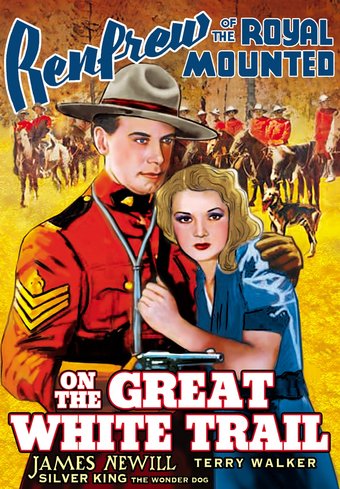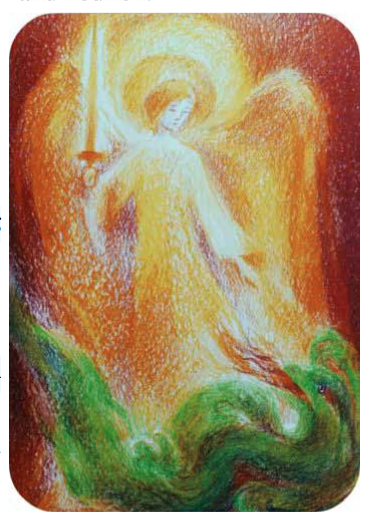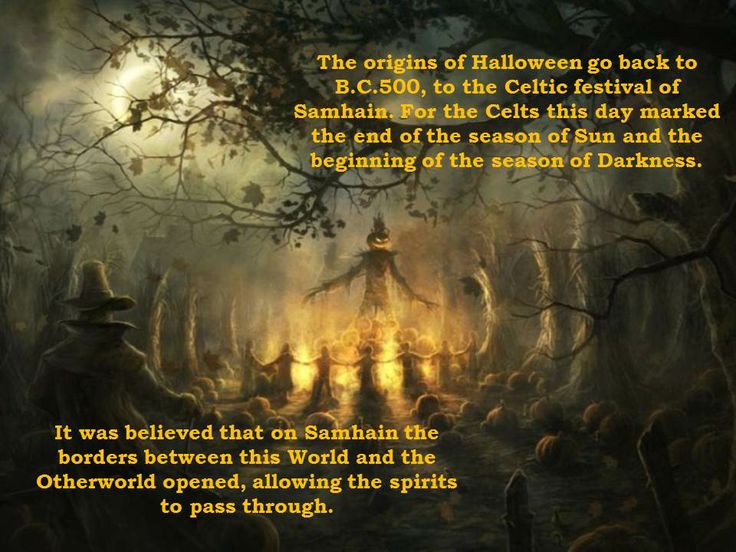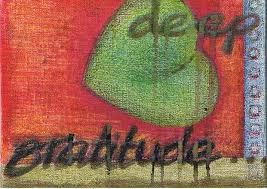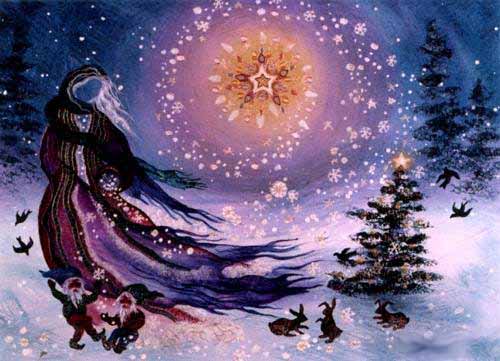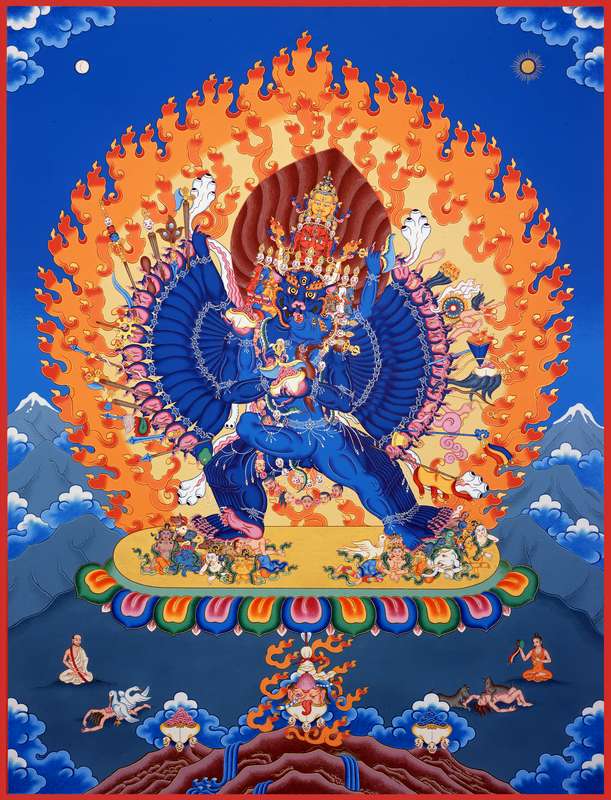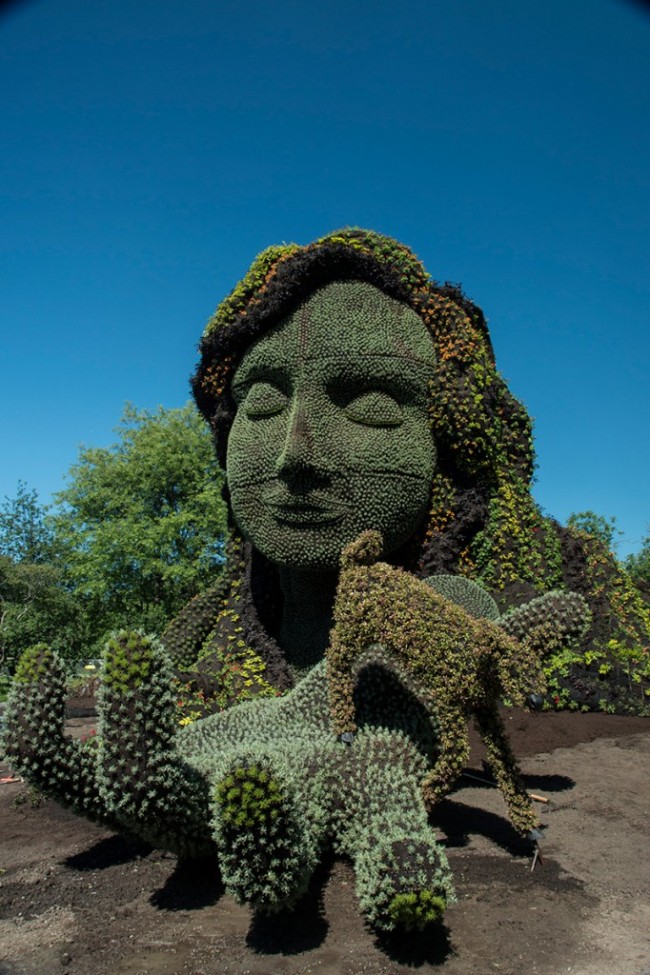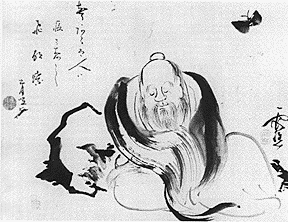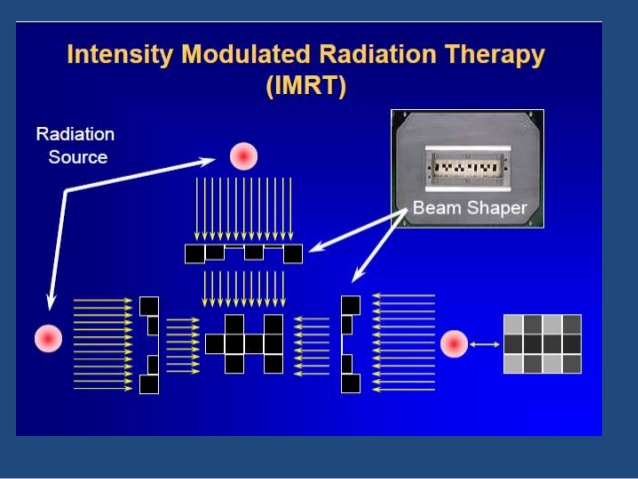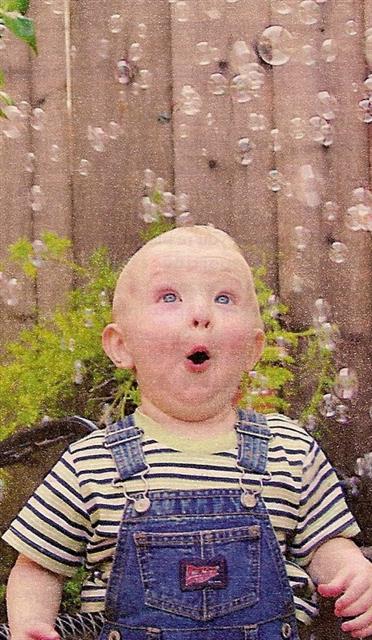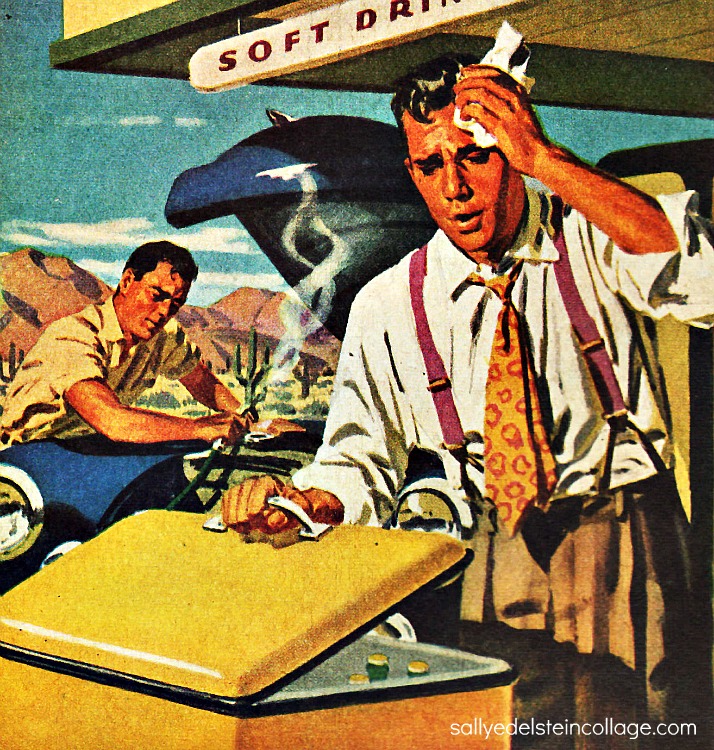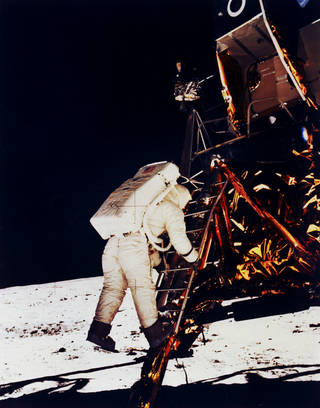Fall and the Harvest Moon
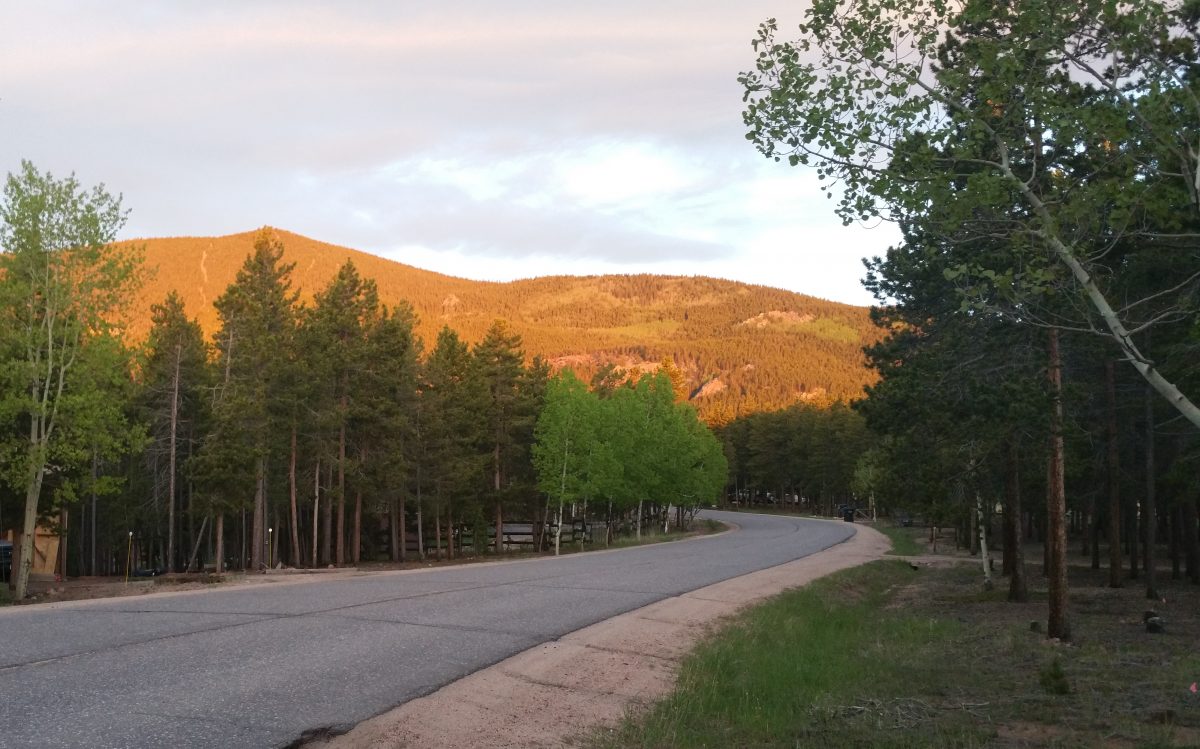
The dark sky. Orion high in the south over Black Mountain. The waning crescent of the Harvest moon to his left. Other stars set like diamonds. A regular moment of awe. So lucky to live here.
Yesterday I was sad. Woke up the night before with debbie downer thoughts. Does anyone like me? What have I done with my life? Is there any point to all this? Some part of me pounding on other parts of me. Who’s the witness in this conversation? Who’s the protagonist? It felt so out of character, especially for how I’ve felt over the last several months. Oh. The Lupron. This was a hot flash in my soul. No fun. Last night was fine.
Kate helped a lot that morning over breakfast.

Though I’ve done my share of psychotropics I’ve not made my peace with this alien chemical dominating my testosterone, turning up the thermostat at unusual moments, twisting my emotions. I’d still characterize the side effects as mild though there have been a few moments like last night, a few with Kate, a couple of searing hot flashes. There’s also the fatigue and the sarcopenia. These last two make working out difficult.
Since I’m 72, sarcopenia is already having its way with me. Lupron adds to that, reinforces it. Maybe bumps it up? I get tired quicker. Have trouble advancing my weights. It’s like having a small parachute attached to my belt, extra drag.

Gonna test this on a hike this morning. I’m embarrassed to say I’ve done little hiking since we got here. No excuse. Just haven’t gotten in the car and gone to one of the many mountain trails. I worked out three, four times a week outside when we lived in Anoka county. Hiking, fast walking, snowshoeing. Not here, partly because of my breathing issues.
Going in to see Dr. Gidday today about those breathing issues. My O2 sats are low normal up here, usually ok down the hill. In the evening however and sometimes right after I go to bed they crater, going down once into high seventies. This has been true for most of the time we’ve lived here. I’ve never sought help for it before because I was doing treadmill work with no trouble.

On Saturday though I did my usual twenty minute pre-resistance work cardio. It was hard. My lungs felt tight. I struggled. Did it all and at the speed and elevation I wanted, but it was hard. Like with my bicep weights I’ve had difficulty moving my speed and elevation up. Also, lots of coughing, hacking.
I sound like my dad who was an asthma and allergy sufferer his whole life. Things have not been the same for me since the flu/pneumonia episode in February and March. Sorta shoved this aside for the cancer treatment, but I feel like I have to address it now. I really have no desire to wrestle with another organ system right now. But…

